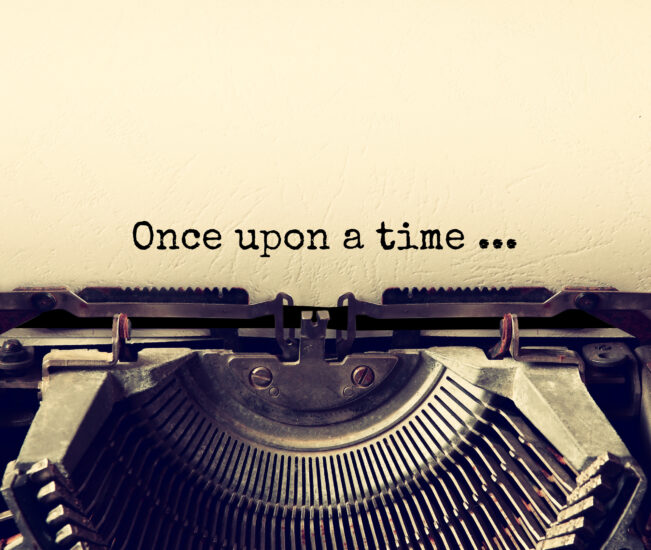
This week, the Grammar Guru asks: when is a colon not a colon? When it’s a semicolon!
Read on for guidance on how to use both wisely.
Let’s start with semicolons. A semicolon is a comma with a full stop above it.
Semicolons made simple
A semicolon is used when you’d like to indicate a pause in a sentence. It’s stronger than a comma, but less final than a full stop.
A semicolon –
separates two independent clauses of the same sentence, which are not joined by a conjunction.
Using a semicolon indicates that both parts of the sentence are equally important. Before punctuating with a semicolon, check that both parts of the sentence could be a separate sentence in its own right, and are related too closely to be separate sentences.
separates lists of information which already include commas: locations, names, dates, and descriptions. The semi-colon helps break up lists into more easily readable text.
is useful if the clauses are already punctuated with commas, or if the clauses are lengthy.
When To Use A Colon
A colon –
looks like two full stops, one on top of the other
is used to provide a pause between two main clauses, where the second clause explains or follows on from the first, before introducing related information
can be used to introduce a list of items, or before an explanation or conclusion. The second part of the statement is emphasised, and clearly follows on from the first. The two parts of the sentence are not equal.
*can be used as a symbol for “as follows”.
It often leads on to a quotation, a list, direct speech, or a sequence of separate points. It’s often used when a statement follows on from or explains a preceding remark.
*can also be used to contrast two opposing statements in the same sentence.
For more from the Grammar Guru, click the tag below.
Click here for more writing hints, tips and tricks.
Have you visited the DC Thomson Shop? You can find all sorts there, including subscriptions, plants and gifts!




